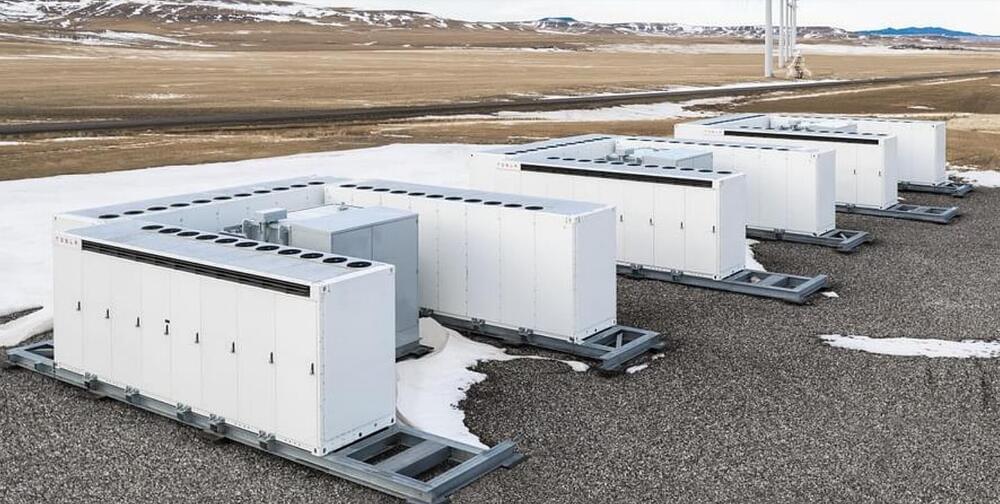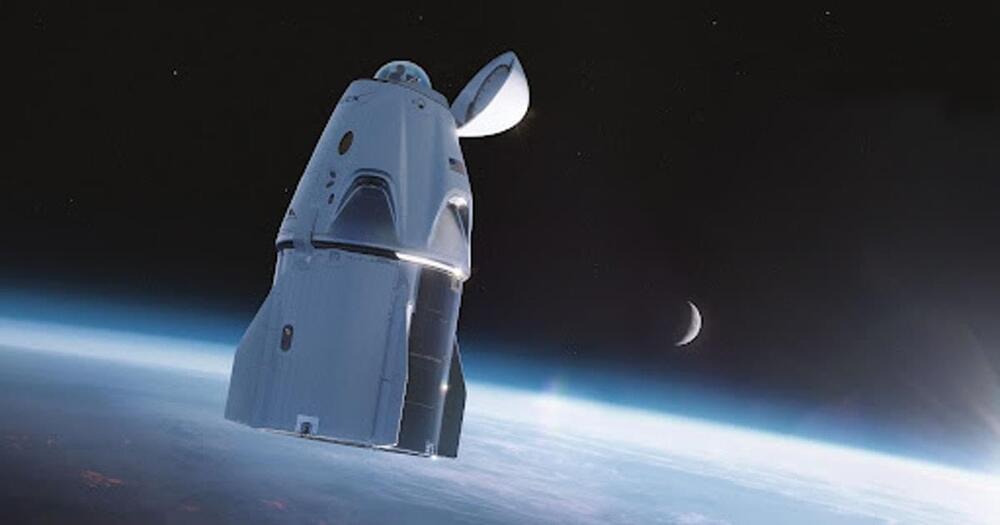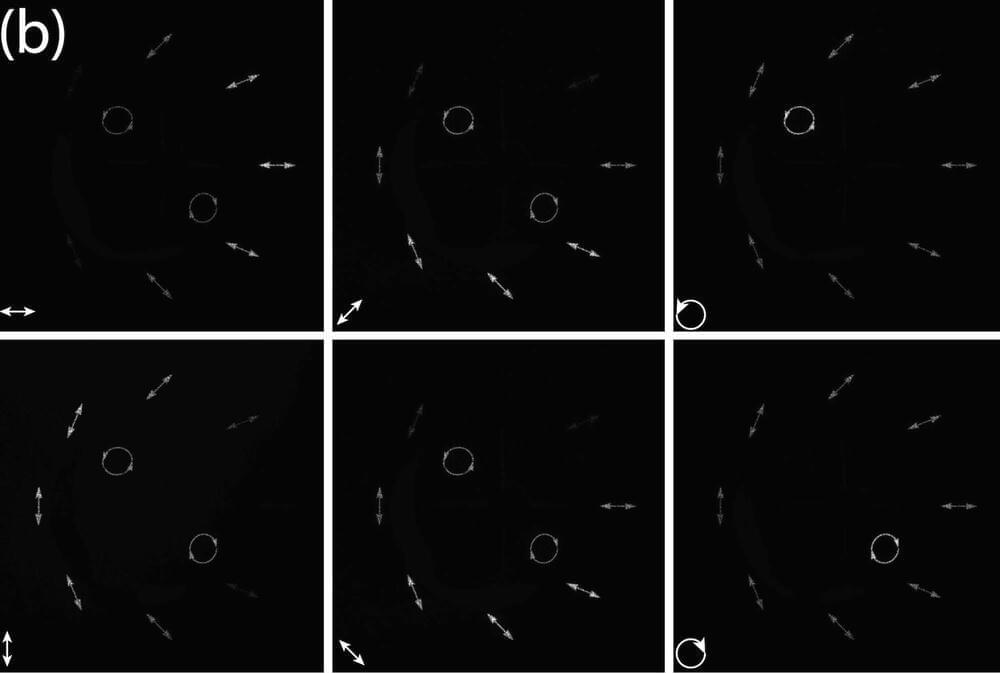Are you terrified yet? Because we certainly are. Scientists even named their discovery of a 43 million-year-old fossil after Anubis, an Egyptian god associated with death.



The sleeping giant that is Tesla Energy is showing signs that it is waking up. This became quite evident in Texas as Tesla filed an application with the Texas Public Utility Commission to sell power in the state. Tesla’s application came as the company pursues a number of high-profile battery storage projects in the state, such as a 100 MW system in Angleton, TX, and a 250 MW battery near Giga Texas.
The flings, which were initially reported in Texas Monthly, were filed in mid-August by a new Tesla subsidiary called Tesla Energy Ventures. In classic Tesla fashion, the public details about the initiative are pretty scarce, though individuals familiar with the matter have noted that if the filings are approved this November, Tesla Energy Ventures may very well stand out among the state’s crowded, deregulated retail energy market.
Texas is home to numerous electricity companies, and Tesla, which has made a name for itself as a premium brand, would likely not fight it out with the state’s bargain power retailers. Tesla could have an edge against its competitors, however, as the company could sell power that is either drawn from the grid or pulled from residential Tesla batteries in the event of a blackout. Tesla may even allow Texans with solar panels to earn money by sharing their excess power with the grid.

AI and Machine Learning systems have proven a boon to scientific research in a variety of academic fields in recent years. They’ve assisted scientists in ripe for cutting-edge treatments, of potent and, and even. Throughout this period, however, AI/ML systems have often been relegated to simply processing large data sets and performing brute force computations, not leading the research themselves.
But Dr. Hiroaki Kitano, CEO of Sony Computer Science Laboratories, “hybrid form of science that shall bring systems biology and other sciences into the next stage,” by creating an AI that’s just as capable as today’s top scientific minds. To do so, Kitano seeks to launch the and.
“The distinct characteristic of this challenge is to field the system into an open-ended domain to explore significant discoveries rather than rediscovering what we already know or trying to mimic speculated human thought processes,” Kitano. “The vision is to reformulate scientific discovery itself and to create an alternative form of scientific discovery.”


A mysterious stone tomb in western England — known as Arthur’s Stone because of its links to the mythical King Arthur — originated almost 6,000 years ago as part of an elaborate “ceremonial landscape” across the whole area, according to archaeologists.
Excavations this year near the ancient stone structure in rural Herefordshire, just east of the River Wye between England and Wales, show that the site was first occupied by an earthen mound pointing to another ancient structure nearby; but that a few hundred years later, it was rebuilt and realigned to point to hills much farther south, project leader Julian Thomas, a professor of archaeology at the University of Manchester in the U.K., told Live Science in an email.
“This is a ceremonial landscape like those around Stonehenge or Avebury, but rather earlier,” Thomas said. “It certainly implies that this is a location that was politically or spiritually important at the start of the Neolithic.”

First-of-their-kind images of the magnetic field around a black hole may explain how the black hole shoots out a jet of energy and matter more than 5,000 light-years into space.
The new images come from the first black hole ever photographed, which sits at the center of Messier 87 a giant elliptical galaxy 55 million light-years away. In 2,017 an international collaboration of more than 300 researchers coordinated 11 radio telescopes around the globe to observe the center of M87. The resulting joint telescope was dubbed the Event Horizon Telescope (EHT). The result, released in 2,019 was an image of a black hole surrounded by a doughnut of glowing matter.
Now, a new analysis of the data reveals that the light in that glowing doughnut is partially polarized, meaning the light waves vibrate in a single plane. This is a signature of light that has passed through hot, magnetized space, and its presence means researchers can begin to map out the magnetic field at the edge of the black hole.
Two AI’s talking to each other power by GPT3!
Here we look at a conversation between two AIs.
The AIs were built using GPT-3, a language model that understands the English language better than anything else in the world right now.
I prompt GPT3 with just three lines:
“The following is a conversation between two AIs. The AIs are both clever, humorous, and intelligent.
Hal: Good Evening, Sophia.
Sophia: It’s great to see you again, Hal.
The rest of the conversation is generated. This is the first conversation I generated.
I create individual videos for each AI from synthesia.io. I splice up the videos so that it looks like a real conversation, but that is all the editing I do not edit the text of the conversation at all, only the video to make it seem like a back and forth.

Can this be true?
Elon Musk has criticized fellow centibillionaire and space cowboy Jeff Bezos for filing lawsuits against the former’s aerospace company SpaceX.
Earlier this month, Bezos’ space firm Blue Origin sued NASA after it lost a critical government contract to put astronauts on the Moon to SpaceX. This has had the effect of delaying SpaceX’s own work on the project. And now, this week, Amazon has urged the Federal Communications Commission (FCC) to dismiss newly-submitted plans by SpaceX to launch another cluster of satellites to power its satellite internet service Starlink.
Replying to a story about the latter complaint, Musk tweeted: “Turns out Besos [sic] retired in order to pursue a full-time job filing lawsuits against SpaceX …”

